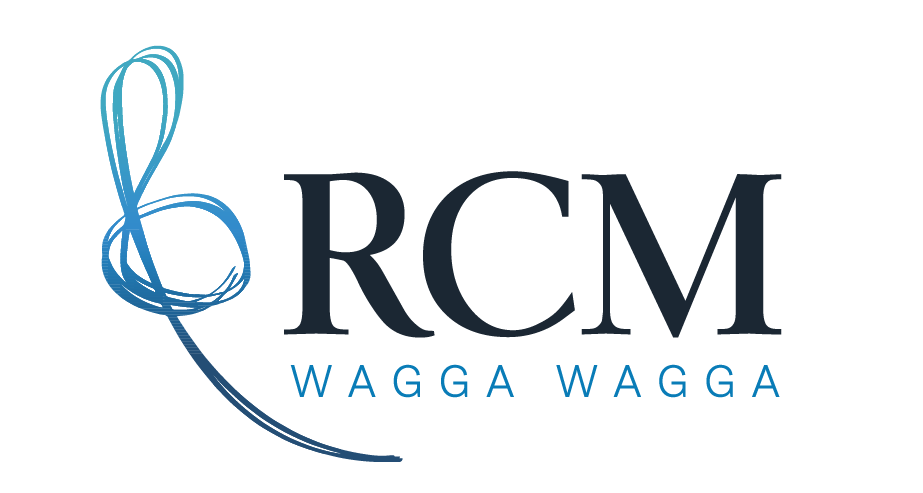Messages through the Wire - music by soldiers, captives and refugees
Dr Edward Neeman - piano, Christopher Latham - violin
Messages through the Wire, is a concert of music written during war and imprisonment. These works show how soldiers, prisoners and internees created music to help them cope.
The program starts with two works by soldier / composer Frederick Septimus Kelly, one written behind the wire in the trenches of Gallipoli, in memory of his friend, Rupert Brooke, and the other work written in the Somme three weeks before his death on Nov 13, 1916.
Most of our other works were written in POW camps. The first thing prisoners and internees did when they arrived in these camps was to create their own culture, to remind them that they were human, despite their deeply inhuman surroundings. Putting on shows gave everyone the chance to laugh, sing and feel pleasure, and transported them out of their barbed wire cages, even if only for an evening.
The Changi Songbook was written by Slim de Grey and Ray Tullipan, the two main songwriters with the AIF Concert Party in Changi. Over the 180+ weeks of imprisonment, there were a staggering 240 changes of production in Changi. At first these shows were recreated from memory, later on the shows were created by POWs, with songs written by Slim and Ray. At war’s end, they asked their fellow POWs to vote on the most popular songs and the 24 winners were collected in the Changi Songbook, printed and sold after the war.
Other works by prisoners include Numbers by William Hilsley, a British / German Jew, who was eventually arrested by the Nazis and imprisoned. His British citizenship saved him from the concentration camps, and he quickly became an indispensable POW entertainer writing songs and playing the piano in shows. The French composer, Olivier Messiaen, who served in the French Army and was captured by the Germans, wrote the most famous POW work, the Quartet for the End of Time, a transcendent modern masterpiece.
The second half includes works written by Jewish composers imprisoned and killed in WW2. Erwin Schulhoff, the greatest of all of them, plus Pavel Haas and Viktor Ullmann who both wrote works in Theresienstadt Concentration Camp before being sent to Auschwitz on Oct 16, 1944, where they were killed. These are some of their last works.
We finish with works by composers who fled the Holocaust and survived. Bohuslav Martinu, the great Czech composer of this period, escaped the Nazis by fleeing to the United States in 1941, where he thrived. While in American he wrote this work as a gift to Alfred Einstein, an amateur violinist. The great Polish piano virtuoso Ignaz Friedman was offered a tour of Australia, allowing him to flee Fascist dominated Europe. After the tour, he settled in Sydney where he wrote his last works, before dying there in 1948. Likewise Erich Korngold fled to America in the 1930s where he became a highly celebrated film composer in Hollywood. He opened the door for many Jewish composers, such as Ernst Toch, Friedrich Hollaender, Max Steiner, Miklós Rózsa, Hanns Eisler and Franz Waxman, who also wrote film scores.
Finally Cantor and composer Boaz Bischofswerder, who was forced by the Nazis to leave Germany in 1933, and migrated to London with his family. However in 1940 he and his son Felix were deported as enemy aliens, travelling on board the HMT Dunera to Australia. He wrote this work on board originally for voices and arranged it in the Tatura and Hay Internment Camps for violin and piano. He died on 28 June 1946 in Malvern, VIC, while still separated from his wife Helene and other son, Manfred.
Door Entry: $25 Adult | $15 Concession/Student
Cash and EFTPOS facilities available

